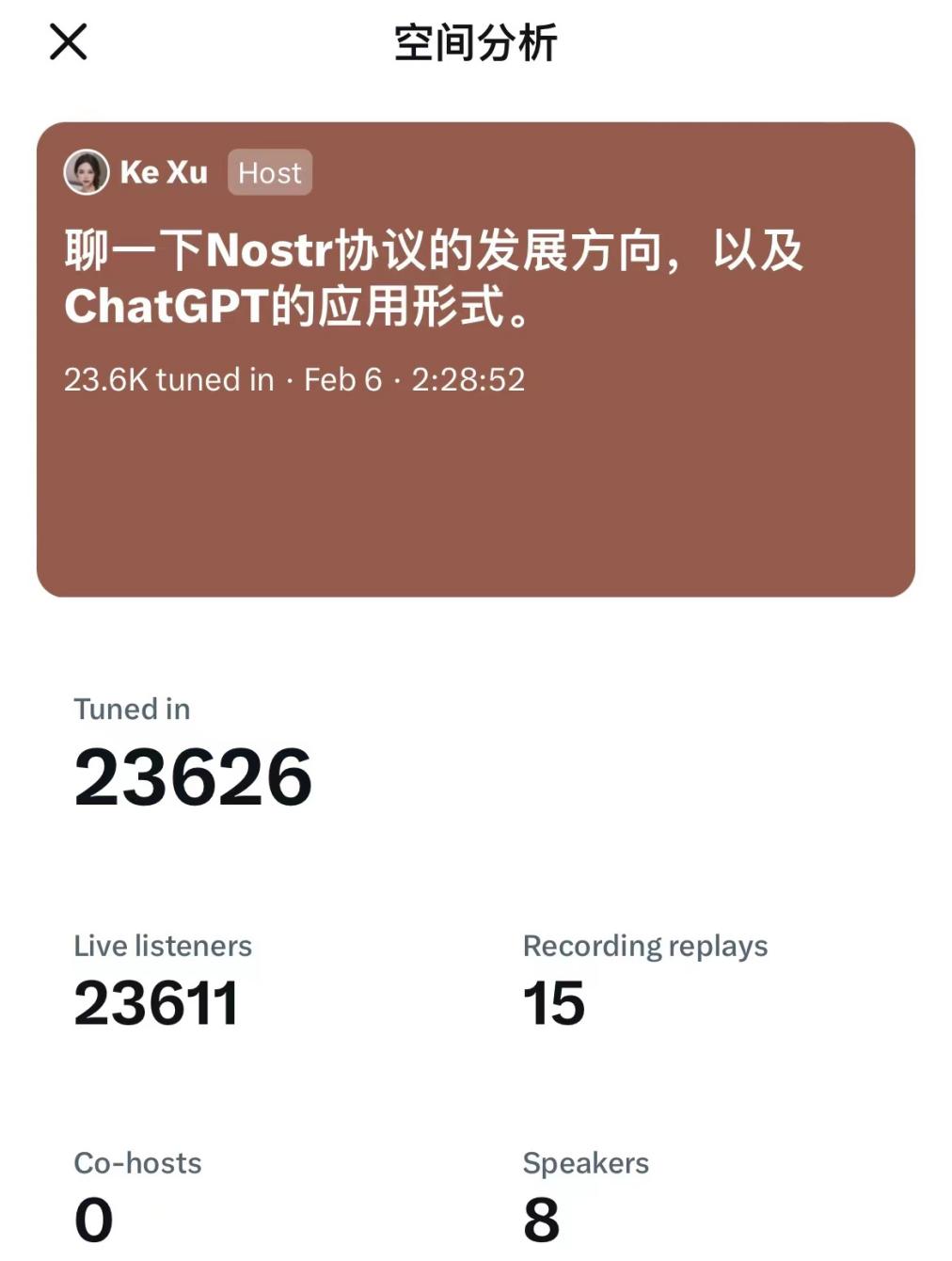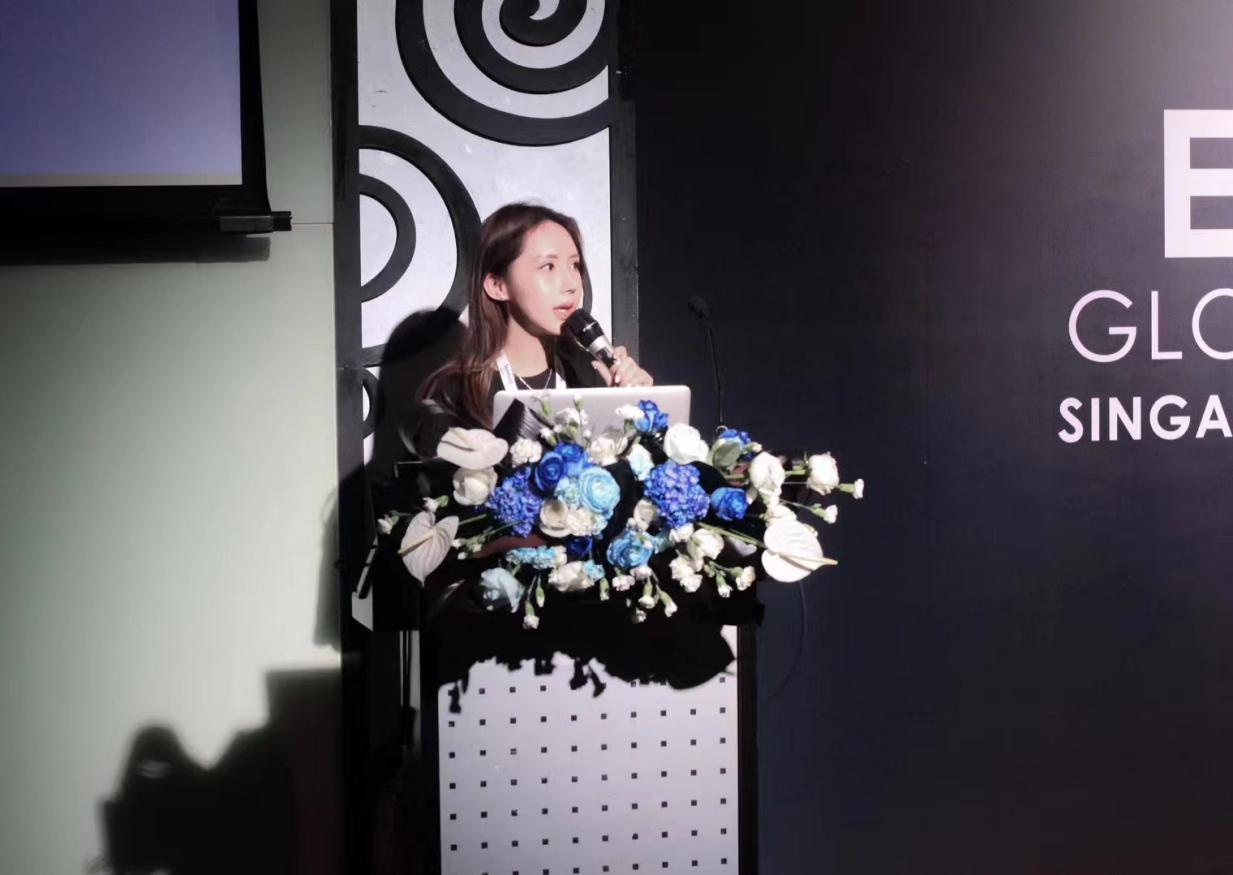“Although decentralized social networking is inextricably linked to the censorship mechanism, decentralised social networking will inevitably lead to the decentralization of information.”
Ke Xu
When veteran Web3 developer Xu Ke held a Twitter Space event on the evening of February 6th with a number of KOLs and industry heavyweights, the audience size reached 23,625 listeners.

So who is Xu Ke? An alumna of Montverde Academy who graduated from UCL University of London at the age of 19, referred to as “China’s No. 1 Female Entrepreneur in Blockchain” by Forbes America. She is a master at GRAPHENE technology, P2P technology, high concurrent synchronisation of micro-service architecture, and in-depth research of POW, POS, and DPOS consensus technology. Ke was one of the original Bitcoin miners in China and has previously amassed over 20,000 bitcoins. She has also invested in and helped over 30 blockchain firms grow. She was also the creator of the first NFT Cryptodogs (Cryptodogs), a decentralised social networking initiative that gained popularity in 2017, as well as the 2018 startup ONO, with initial eco-friendly ETH users and eco-friendly EOS investors.

“The two most important things in the solar system are energy and information,” Xu Ke said regarding data transmission. Prior to the Internet, information transmission was extremely inefficient, with facts frequently changing in the process. Then, with the advent of the Internet and its rapid development, fast and direct information transfer became a thing, and instant methods of communication started appearing in the communication landscape. As a result, information gained economic value, and the sector gradually evolved into a series of varied modes of communication in the form of instant messaging tools, social media platforms, and other networking programmes. The latter has significantly improved, as has the speed with which information is communicated and delivered. However, with recent compliance restrictions, centralised social networks have resulted in an increasing amount of information content being controlled by physical organizations.
Regarding the Nostr protocol and Damus:
Nostr’s iOS client is called Damus, while the Android version is called Amethyst. Nostr is primarily an information transmission protocol for decentralized social settings, and third-party apps built on it include Damus, Amethyst, and snort.social.The protocol only has two roles: repeater and client. There can be any number of relays using (Relay); their duty is to take and store the information given by the client and deliver the local query results based on the client’s request. While the term “Client” refers to the number of clients that may be saved on the user’s device, its essential duty is signature and verification. These factors make Nostr and Amethyst, some of the most sought after social platforms in the Web3 space.

“An encrypted society supports social networking,” argues Xu Ke. The business needs of decentralised social networking are the starting point for the building of an encrypted space. “A decentralized social space may exist in the metaverse, in the shape of social-fi or game-fi platforms,” she continues. Keep in mind that only decentralised social networking produces real-world outcomes. The use is not limited to meeting communication needs, it also allows encrypted users to generate revenue, consume, and entertain themselves in it, as well as create new occupations or discover new ways to spend their time, fostering the success of an encrypted society and the growth of decentralised social interaction.